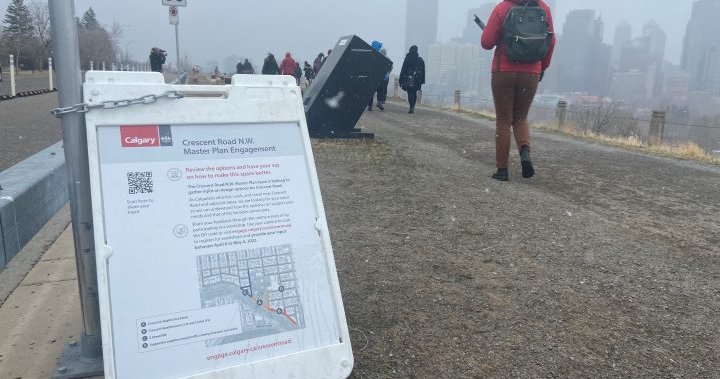Residential development is the right move, and as awkward as subsidies can be, this is far from the worst example of how distortions create sub-optimal outcomes in urban development. We still subsidize sprawl, for example, and that outcome creates car-dependent, inefficient, expensive neighbourhoods and lifestyles for everyone involved.
I like
@Surrealplaces comment on the permanency of this kind of investment in residential conversion. That's 400 units of long-term stock that will stick around for decades. Festivals, operating subsidizes for retail and other less permanent investments don't have that long-term impact.







